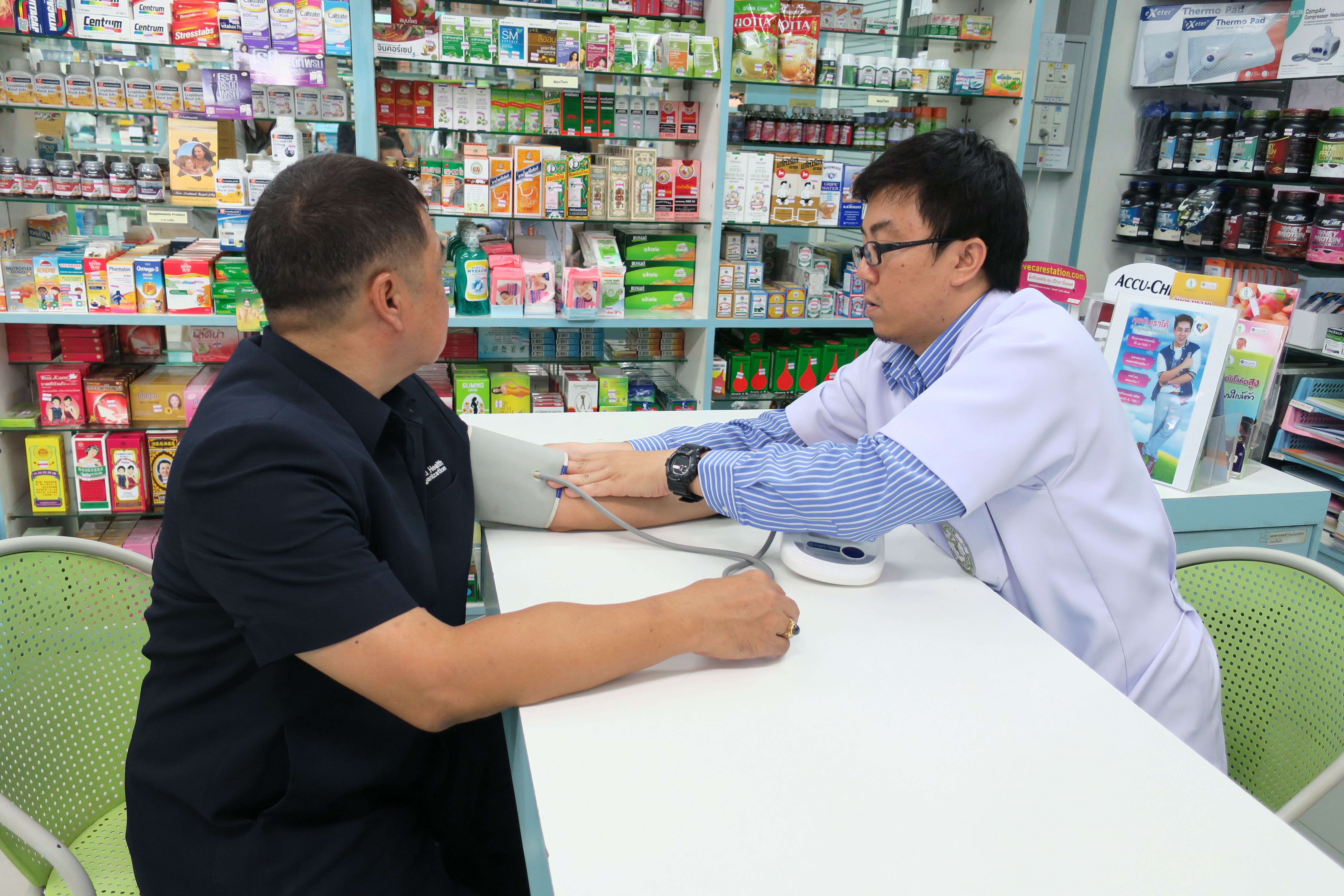Health workforce
There cannot be a health system without health workers. The quality and availability of health workers in the right number and places determine a health system's overall effectiveness and strength. Health workers are the cornerstone of any health system and service delivery.
Health workers are central to attaining, sustaining, and accelerating progress on universal health coverage (UHC) and the Sustainable Development Goals (SDGs).
The COVID-19 pandemic exposed vulnerabilities in health systems and widespread and continued underinvestment in the health workforce. Investment in the health workforce can yield far-reaching health, social, economic and security benefits for the 37 countries and areas in the Western Pacific Region.
In the Region, the need to plan and manage a competent health workforce to adequately respond to the changing population health needs is well recognized. To address the Region’s challenges, the workforce envisioned for the future should be people-centred, culturally sensitive, adaptive, skilled in digital health, able to work and learn in teams, motivated and well-performing, and committed to professional development. The health workers also need to be protected, supported, and invested.
The COVID-19 pandemic exposed vulnerabilities in the Region’s health systems and widespread and long-term underinvestment in the health workforce. In general, more health workers are associated with higher UHC service coverage index attainment, affirming the centrality of the health workforce in delivering care to individuals, families and communities.
Despite progress in the Region, critical gaps remain in the overall number, distribution and quality of the health workforce, as well as protections that ensure a safe work environment. In addition, ageing populations, a growing burden of noncommunicable diseases (NCDs) and unforeseen health emergencies require a fit-for-purpose health workforce with evolving skills and competencies.
The health needs of the population are rapidly changing. The proportion of deaths due to NCDs is projected to increase further in the future. The four main NCDs – diabetes, cardiovascular disease, cancer and chronic respiratory diseases – account for nearly 87% of all deaths in the Region. Health emergencies and climate change add further risks to the population’s health. The implication is an expanding need for a greater variety and larger volume of health services.
Based on the available data, there is a critical gap in the health workforce in the Region, ranging from shortages, maldistribution and inefficient use of the existing workforce. Additionally, there is also a mismatch between the health workforce occupations and roles needed to meet the health needs of the population.
WHO is committed to supporting Member States in strengthening and transforming the health workforce for the future health needs of the Region. The health workforce is at the centre of health systems and services for achieving the shared vision of WHO work with Member States and partners in the Western Pacific Region. Priority actions for WHO in working with Member States include the following:
- generate a strong evidence base, in collaboration with academia and other partners, to inform HRH policies and deliver impact;
- convene regional learning platforms to accelerate the exchange of information, lessons and collaboration across areas, including HRH regulation, development, stewardship and governance;
- provide tailored technical support to Member States to act on the five strategic areas of the Regional Framework;
- work as one WHO across all three levels of the Organization to provide harmonised, timely and feasible technical assistance to Member States;
- build a reserve of technical assistance through networks of experts, technical partners and collaborating centres;
- engage with partners and alliances to strengthen the support to Member States;
- build a reserve of technical assistance through networks of experts, technical partners and collaborating centres; and
- facilitate high-level policy advocacy to sustain and scale the investment in HRH development with actors beyond health.














